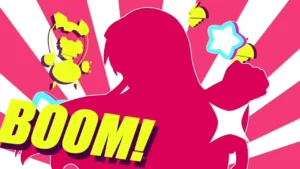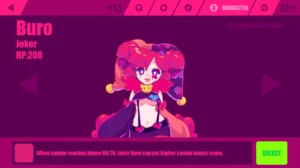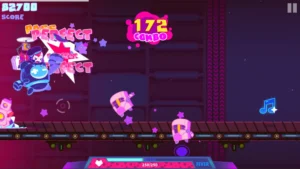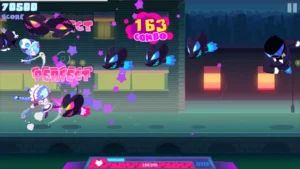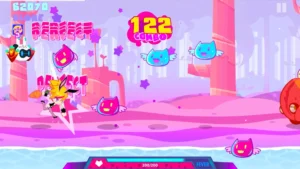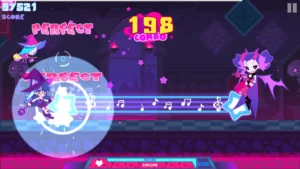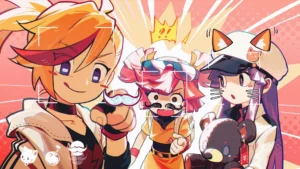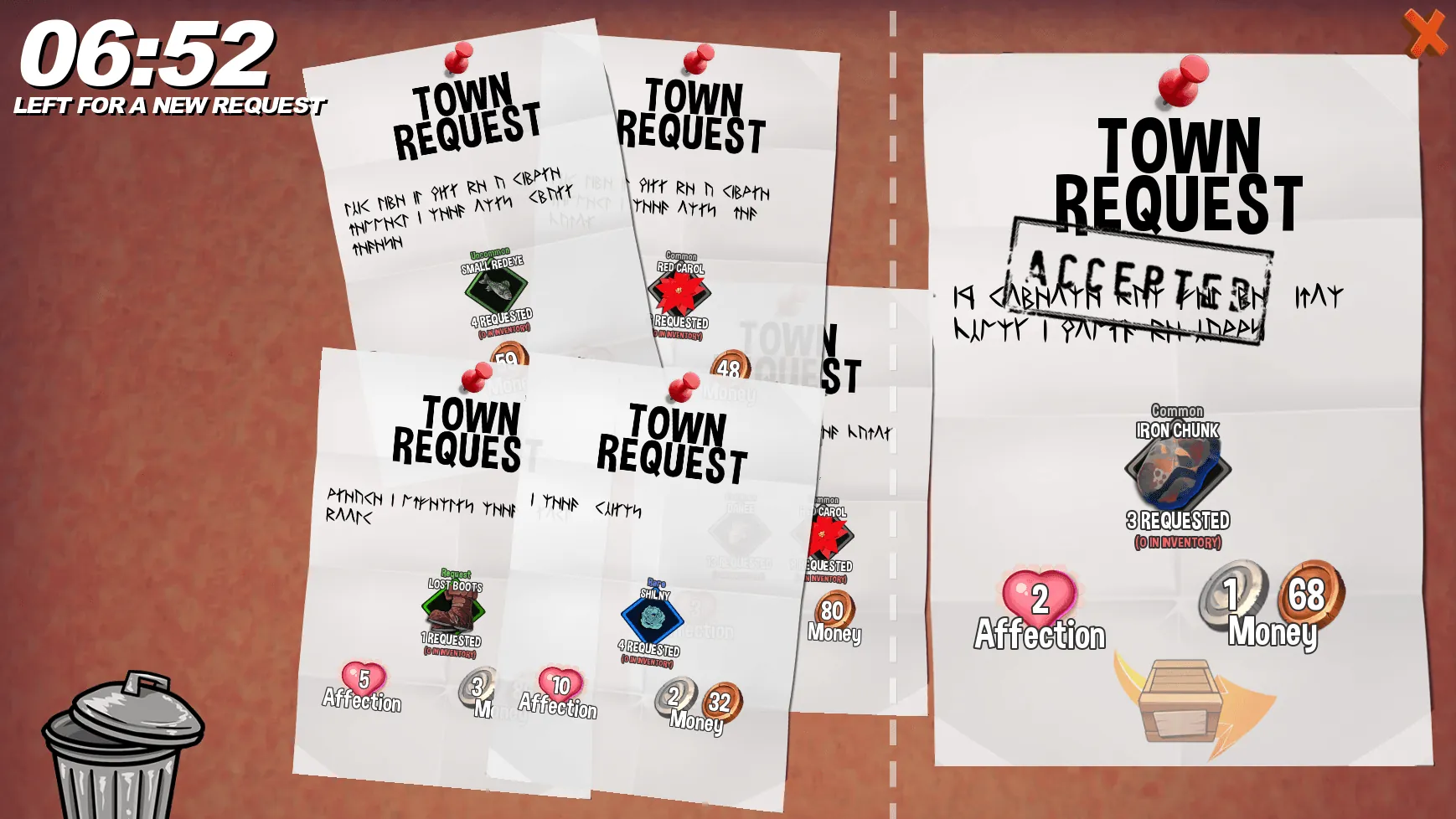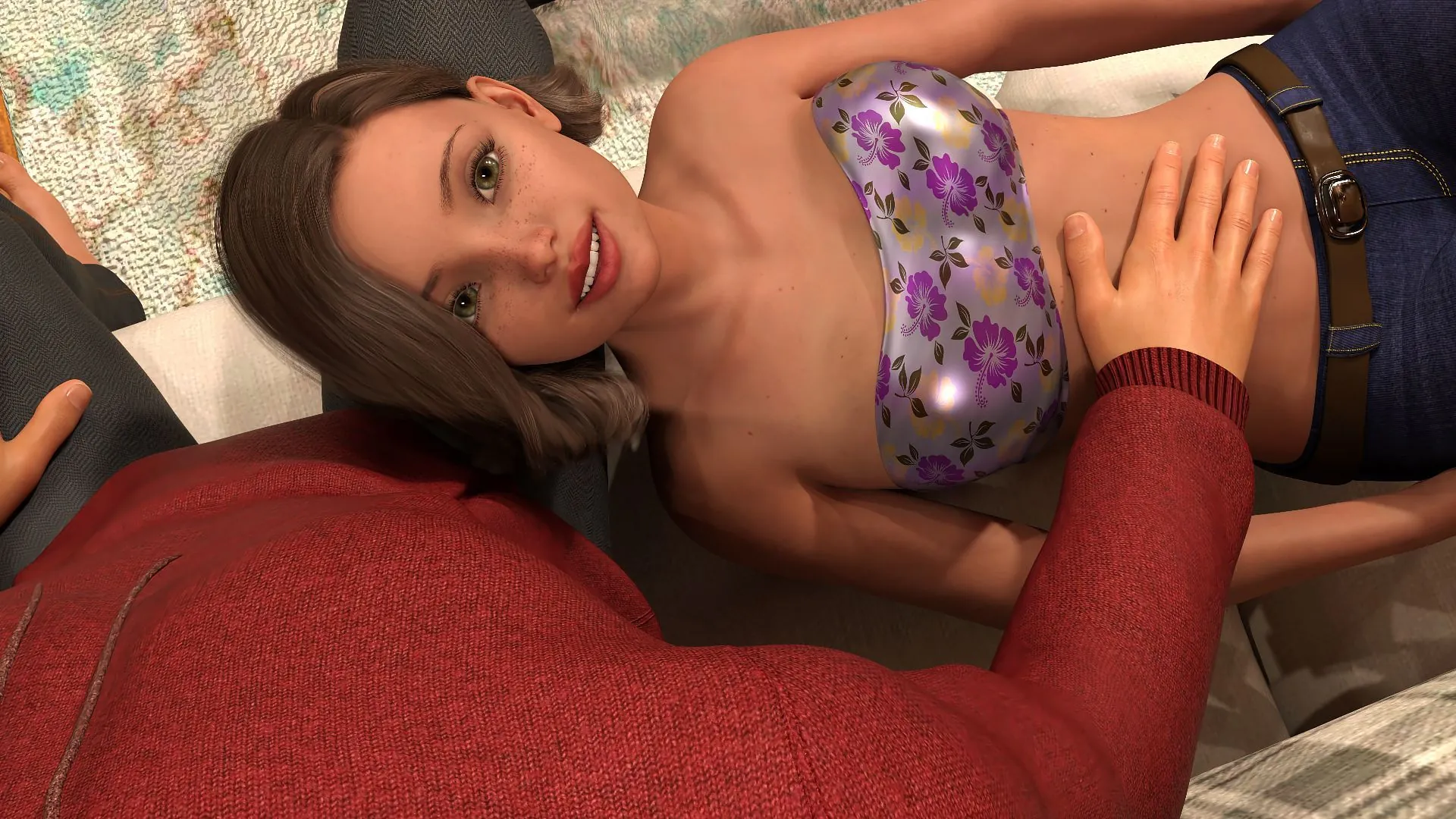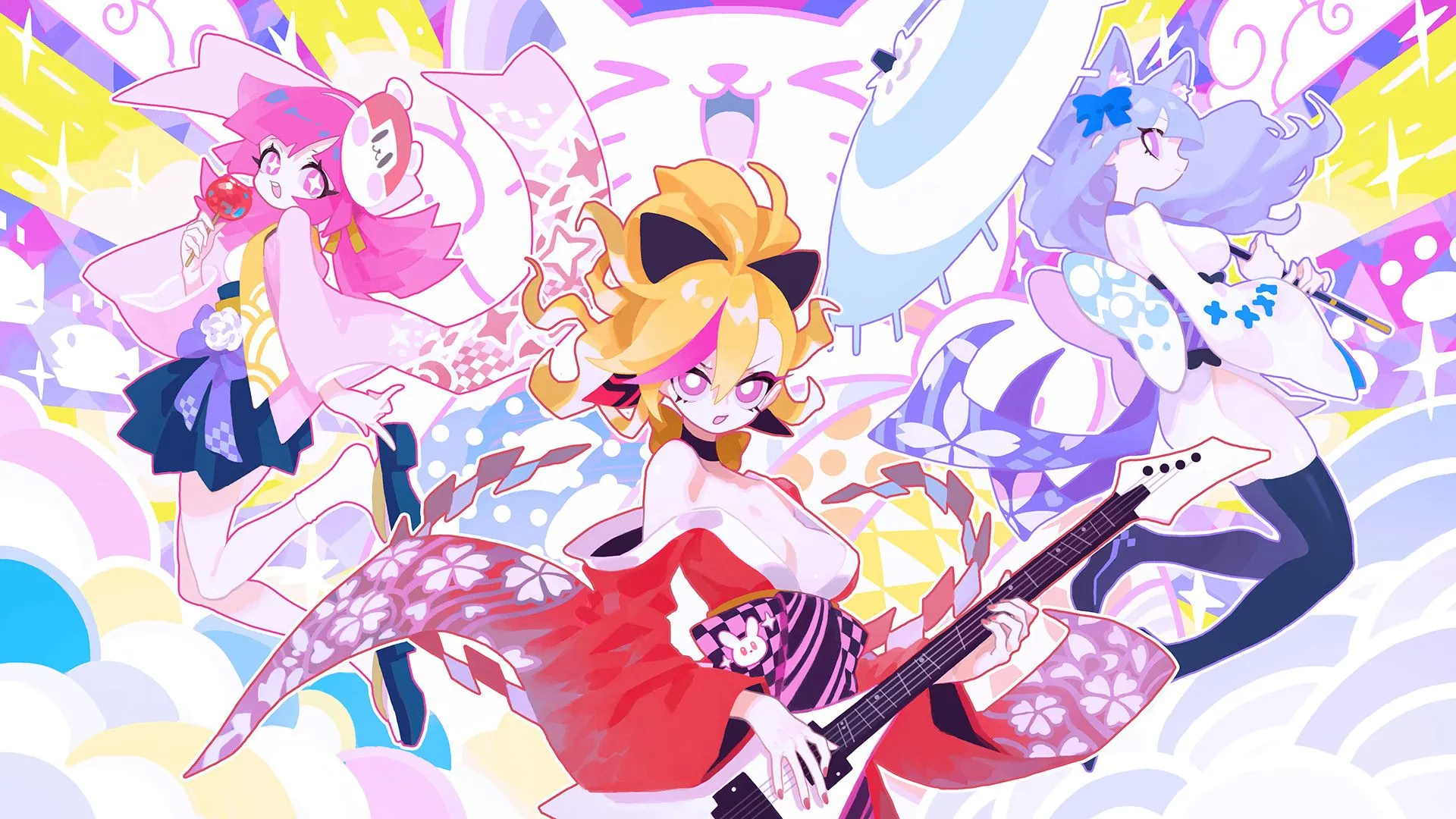
Muse Dash review
A Deep Dive into the Gameplay, Features, and Appeal of Muse Dash
Muse Dash is a vibrant rhythm-action game that blends music and side-scrolling beat ’em up gameplay into an engaging experience. Known for its simple two-button controls and anime-inspired art style, Muse Dash offers players a unique challenge of timing attacks to the beat while navigating colorful levels filled with enemies and obstacles. This article explores the core elements of Muse Dash, from its gameplay mechanics to its artistic design, providing insights and practical tips to enhance your playthrough.
Understanding Muse Dash Gameplay and Mechanics
Ever been to a concert where you just couldn’t stop tapping your feet? Now, imagine if you could turn those taps into a super-powered dash, smacking cute monsters and dodging obstacles in perfect time with the beat. That’s the electrifying heart of the Muse Dash gameplay experience. It’s not just about hitting notes; it’s about becoming one with the music in a vibrant, chaotic, and incredibly satisfying run. 🎵
I remember booting it up for the first time, expecting a standard rhythm game. What I got was a sugar-rush of color, character, and catchy tunes that had me hooked within minutes. The genius of this title is how it seamlessly blends two genres into one addictive package. If you’ve ever wondered how to play Muse Dash, you’re in for a treat because it’s deceptively simple to learn but has a sky-high skill ceiling to master. 🎮
### How Does Muse Dash Combine Rhythm and Action?
At its core, the Muse Dash rhythm game mechanics are a brilliant fusion. On one track, you have your standard rhythm game elements: notes approach on a lane, and you must hit them in perfect sync with the music. But Muse Dash layers a runner-game aesthetic on top of this. Your character is constantly dashing forward, and the notes are represented by enemies to attack and obstacles to jump over or slide under.
This creates a phenomenal sense of agency. You’re not just a passive receiver of notes; you’re an active participant in a musical battle. Hitting an enemy on the beat feels powerful, and gracefully sliding under a barrier just as the bass drops is pure audio-visual bliss. The entire Muse Dash gameplay loop is designed to make you feel the music through your actions.
The key to this fusion is the impeccable synchronization. Every single enemy, every obstacle, and every note is perfectly placed within the song’s composition. A drum fill might correspond with a rapid series of ground enemies, while a long, soaring vocal note might be represented by a series of aerial targets. This isn’t random; it’s carefully charted, making success dependent on your ability to listen as much as your ability to react. 👂
Pro Tip: Don’t just watch the notes coming! Train your ears to the music. Often, you can anticipate a tricky sequence by listening for a change in the song’s rhythm or melody.
### What Are the Controls and Player Objectives?
Let’s get down to the nuts and bolts: the Muse Dash controls. One of the game’s greatest strengths is its elegant simplicity. You essentially have two buttons to worry about, making it incredibly accessible.
- One button handles the bottom lane (typically a keyboard key like
For a tap on the lower part of a touchscreen). This is for hitting ground enemies and notes. - The other button handles the top lane (like
Jor the upper part of a touchscreen). This is for hitting aerial enemies and notes, as well as executing jumps.
But wait, there’s a twist! You also need to manage obstacles. Some require you to jump over them (by pressing the top button), while others require you to slide under them (by pressing the bottom button). This simple two-button system creates a surprising amount of depth and split-second decision-making.
Your objective is straightforward: survive, smash everything to the beat, and get the highest score possible. The core of how to play Muse Dash effectively revolves around the Muse Dash combo system. Your score multiplies as you maintain a combo by hitting notes successfully without missing or taking damage. Breaking your combo is a huge blow to your potential score, so consistency is king! 👑
You have a health bar, and making a mistake—by missing a note or running into an obstacle—will cause you to lose a chunk of it. Let your health drop to zero, and it’s game over. This adds a thrilling layer of tension, especially on harder songs where the screen gets flooded with Muse Dash enemies and obstacles.
Here’s a quick breakdown of the control inputs:
| Input | Effect on Bottom Lane | Effect on Top Lane |
|---|---|---|
| Bottom Key (e.g., F) | Attacks ground enemies | Slides under obstacles |
| Top Key (e.g., J) | Jumps over obstacles | Attacks aerial enemies |
😊 See? Simple on the surface, but mastering the timing and knowing which button to press in a frantic moment is where the real challenge lies!
### How Does Difficulty Progression Work in Muse Dash?
This is where the game truly shines and caters to absolutely everyone. The Muse Dash difficulty levels are a masterclass in scalable challenge. Each song features multiple difficulty settings, usually ranging from 1 to 10 stars, and they are often broken into three main tiers:
- Easy: Perfect for beginners! The note patterns are slow and simple, allowing you to get a firm grasp on the basic Muse Dash controls and timing without feeling overwhelmed.
- Hard: The “standard” experience for most players. This is where the charts start to get complex, introducing more simultaneous notes, faster sequences, and trickier obstacle patterns. This level truly tests your understanding of the Muse Dash rhythm game mechanics.
- Master: Pure, unadulterated chaos for rhythm gods. 😅 These charts are incredibly fast and dense, requiring flawless execution, lightning-fast reflexes, and often, memorization. Conquering a Master level song for the first time is an unbeatable feeling of accomplishment.
I started on Easy, feeling pretty good about myself, and then moved to Hard. The jump was humbling! Suddenly, I had to manage notes on both lanes at once while also watching for obstacles. It felt impossible at first. But that’s the beauty of it. You slowly build muscle memory and improve your reading speed. A pattern that looked like visual noise one week becomes perfectly readable the next.
The game encourages this progression beautifully. There’s always a new, slightly harder song to try, or a higher rank to achieve on a song you’ve already cleared. The variety in Muse Dash difficulty levels means you’re never bored. You can have a relaxed, fun session playing on Easy or put your skills to the ultimate test on Master.
Pro Tip: Don’t be afraid to fail! Trying a song that’s slightly above your skill level is the fastest way to improve. You’ll be surprised how quickly your brain and fingers adapt.
Understanding the Muse Dash gameplay, from its simple yet deep controls to its brilliantly structured difficulty, is key to appreciating this unique gem. It’s a game that makes you feel the music in a way few others can, offering a satisfying path from novice to rhythm master. 🏆 So pick a character, choose your favorite tune, and start dashing!
Muse Dash stands out as a rhythm-action game that successfully combines simple controls with challenging gameplay and charming anime aesthetics. Its unique blend of music synchronization, engaging enemies, and level progression offers a rewarding experience for both casual and dedicated players. Whether you’re drawn by the music, the art style, or the gameplay challenge, Muse Dash invites you to dive in and master its rhythmic battles. Ready to take on the beat and conquer the stages? Start your Muse Dash journey today!

